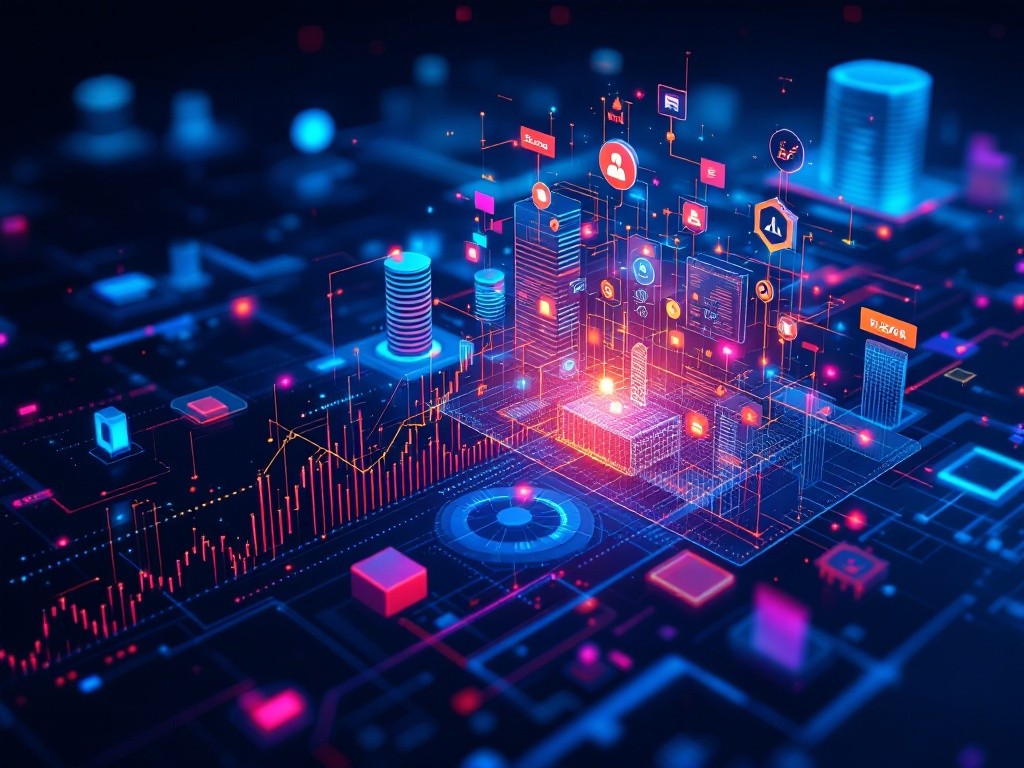YUJI Admin
Nov 11, 2024
In an era where data is the new oil, the speed and efficiency with which we process this data are critical. Edge computing brings computation and data storage closer to the sources of data, enabling faster processing and real-time analytics. This blog explores how edge computing is transforming industries with practical examples and underscores the value it offers to users.
Reduced Latency:
Processing data at the edge minimizes delays, crucial for time-sensitive industrial applications.
Example:
Autonomous Vehicles: Companies like Tesla use edge computing within their cars to process sensor data in real-time. This immediate processing is vital for functions like collision avoidance and adaptive cruise control.
Value to Users:
Safety: Real-time responses prevent accidents.
Performance: Enhanced vehicle responsiveness improves the driving experience.
Enhanced Security:
Edge computing reduces the amount of data transmitted over networks, decreasing vulnerability.
Example:
Smart Grids: Utility companies use edge devices to monitor and manage electricity distribution locally. Sensitive data stays within the local network, reducing the risk of cyberattacks.
Value to Users:
Privacy: Personal data is less likely to be exposed.
Reliability: Secure systems prevent service interruptions.
Bandwidth Optimization:
By processing data locally, only essential information is sent to central servers, reducing network load.
Example:
Industrial Automation: Factories equipped with edge devices process vast amounts of sensor data on-site. Only critical alerts or summaries are sent to the cloud, conserving bandwidth.
Value to Users:
Cost Efficiency: Reduced data transmission lowers operational costs.
Efficiency: Streamlined communication ensures faster service delivery.
Scalability:
Edge computing allows for incremental scalability without overhauling existing infrastructure.
Example:
Retail Chains: Stores add edge devices to support new services like in-store navigation or personalized promotions without needing significant infrastructure changes.
Value to Users:
Enhanced Services: Users enjoy new features and personalized experiences.
Convenience: Quick implementation of services meets user demands promptly.
Conclusion:
Edge computing is revolutionizing how industries handle data, providing faster, more secure, and efficient processing. For users, this means improved services, enhanced security, and better overall experiences. As data generation continues to grow exponentially, edge computing will play a pivotal role in managing this data effectively.




